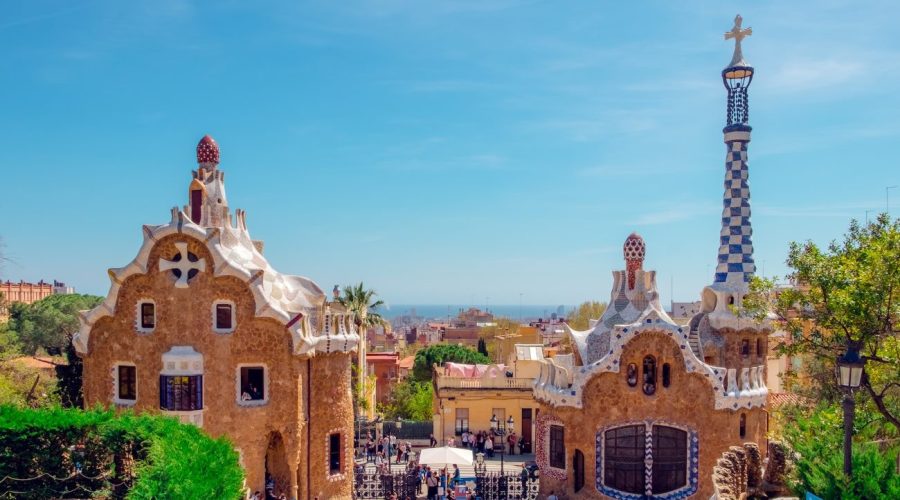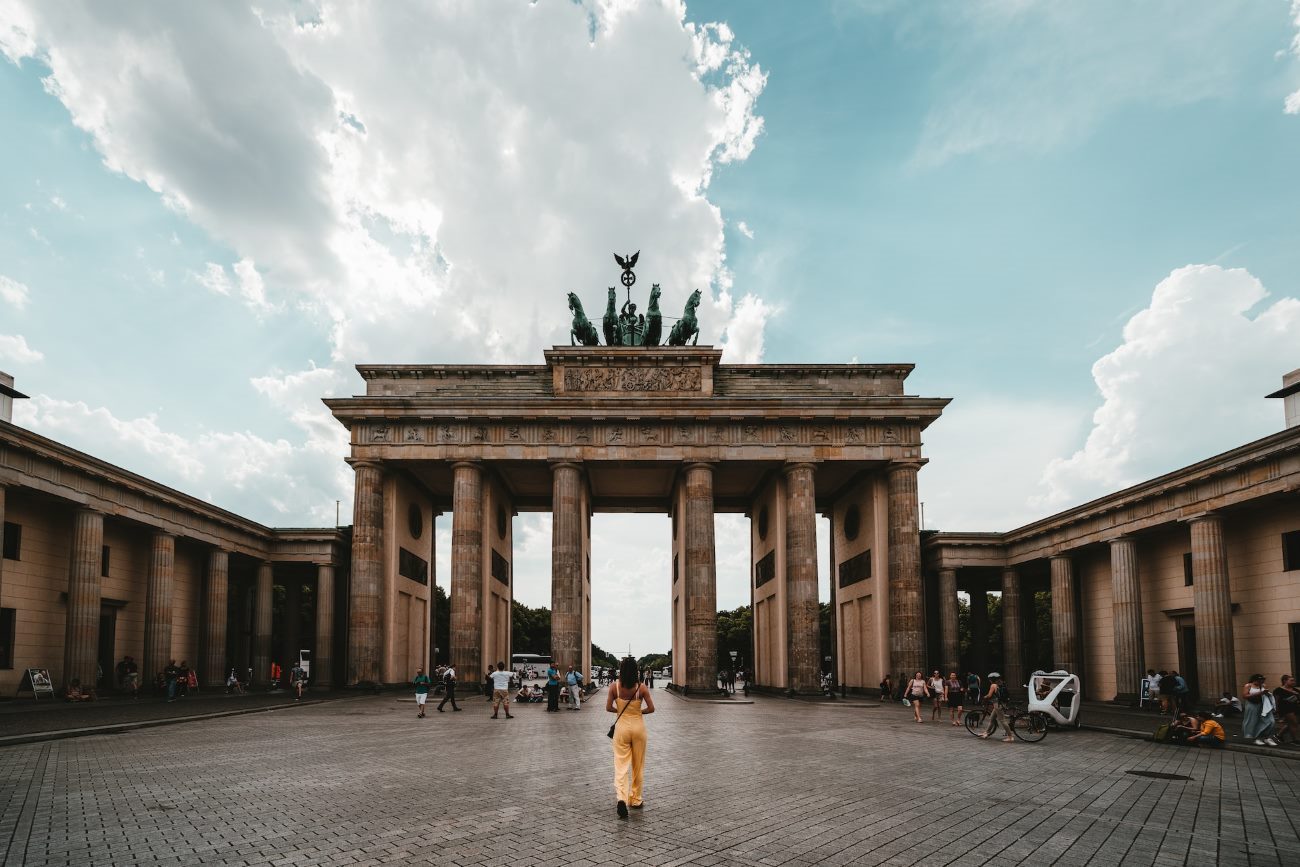Is Paris a Walkable City?
Paris functions as the City of Love because it attracts visitors through combination of its vital landmarks and enchanting appeal and its easy foot travel. Paris stands among urban centers worldwide as a top walking city that allows pedestrians to discover every quarter and landmark and attraction throughout the city. This article focuses on revealing why Paris qualifies as a highly walkable city together with essential guidance for optimal walking exploration.
1. Compact and Well-Connected
Paris offers excellent walkability as it maintains both small dimensions and powerful connectivity throughout the city. Paris contains twenty unique geographic subdivisions named arrondissements which showcase different lovely character traits amongst each other. People can explore these districts easily by walking since sidewalks and pedestrian-friendly streets and bridges link them together well.
Paris maintains an amazing public transit infrastructure which includes several bus routes and many stops on its metro system. Public transit enables travelers to walk short distances while taking quick transportation to locations which are distant from one another.
2. Stunning Architecture and Scenic Views
When walking in Paris you come across its remarkable buildings because the city contains superb Gothic cathedrals alongside Renaissance palaces alongside modern high-rise buildings. Walkers who explore the city discover it functions as an active public museum because they can easily reach famous attractions including the Eiffel Tower and both the Louvre and Notre-Dame Cathedral.
The gem city of Paris is recognized worldwide because of its elegant gardens and parks that grace its landscape. Residents and visitors can relax or have picnics at the Montsouris Park together with Tuileries Garden and Luxembourg Gardens which serve as prime green spaces in the city.
3. Vibrant Neighborhoods
Wandering on foot remains the optimal method to discover the different characterful districts of Paris. Every Parisian district offers a different mood because locals shop at busy markets and socialize in cute cafes alongside boutique stores that offer unique products. Parisian residents can discover authentic pockets in their neighborhoods while walking because this approach allows them to see the locals and find off-beaten attractions.
3.1 Le Marais
The 4th arrondissement neighborhood Le Marais showcases a mixture of historical medieval streets and elegant mansions that stretch across its district. Trendy shops join art galleries with various delightful dining locations in this area. A walk at Le Marais area lets you experience both the cultural heritage and present day energy of this district.
3.2 Saint-Germain-des-Prés
The 6th arrondissement area incorporates Saint-Germain-des-Prés which maintains its reputation as a beautiful intellectual and cultural neighborhood. The famous Parisian cafes Café de Flore and Les Deux Magots have created lasting histories because intellectuals and philosophers gathered at their tables throughout the twentieth century. A leisurely stroll through this area permits visitors to absorb the relaxed spirit of the district while they can explore refined bookstores and exclusive antique stores and art galleries.
4. Safety and Accessibility
The streets of this city are considered secure and convenient for foot travelers. Paris has used its budget to establish pedestrian-centric infrastructure which enables comfortable mobility for people living there as well as visitors. Visitors experience a pleasant time walking through Paris because pedestrian signals and crosswalks and wide sidewalks appear often across the city.
Tourists need to pay attention while carrying their items because pickpocketing happens notably in areas filled with tourists. Safety during foot exploration in Paris depends on taking these fundamental steps of protecting your valuable items while maintaining awareness about your environment.
5. Practical Tips for Exploring Paris on Foot
Walking comfort matters when visiting Paris because most sightseeing requires walking therefore wear shoes that keep you safe from discomfort.
A portable map remains important because it enables you to find your way while experiencing unplanned discoveries in Paris.
- First determine your preferred sites before planning the order of your places to visit so you can make the most out of your time and avoid unneeded walking distances.
- Visitors can experience Parisian rest by using cafes and parks as relaxation spots to drink coffee while enjoying the city experience.
- Tourists who desire guided experiences should enroll in walking tours that deliver historical and cultural details about Paris.
- The city of Paris is entirely walkable because its streets let visitors intimately discover the combination of cultural heritage alongside impressive structures and lovely districts and picturesque locations. Selecting walking as a transportation choice allows visitors to experience the romantic atmosphere while discovering secret wonders and build memorable experiences in Paris.
Table of Contents



